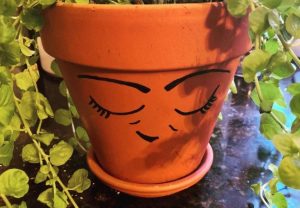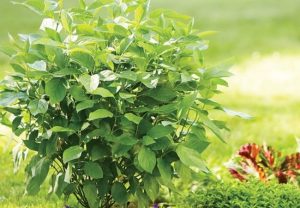The spider plant, scientifically known as Chlorophytum comosum, is a favorite among plant lovers. Its long, arching leaves and dangling plantlets make it a charming addition to any home or office. However, like any plant, the spider plant requires proper care to thrive. In this guide, we’ll break down everything you need to know about caring for your spider plant, making it easy for anyone to keep this beautiful plant healthy and happy.
Lighting Requirements
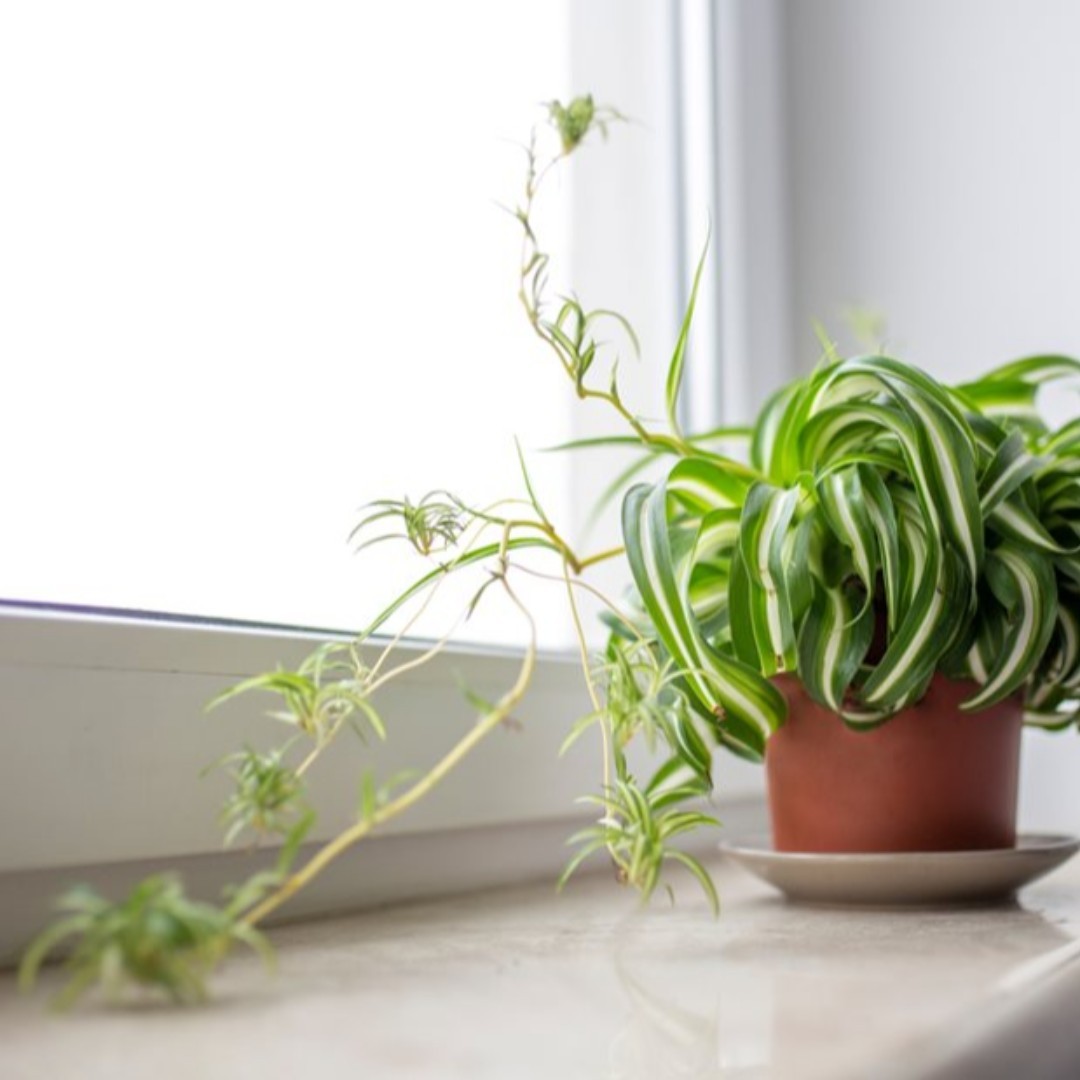
Spider plants are quite adaptable when it comes to light, but they do have their preferences. Ideally, you should place your spider plant in a spot that receives bright, indirect sunlight. Direct sunlight can cause the leaves to scorch, while low light conditions may result in leggy growth and fewer plantlets.
If you don’t have a spot with bright, indirect light, don’t worry! Spider plants can still survive in lower light conditions, but they may not produce as many plantlets, and their growth may be slower.
Watering Needs
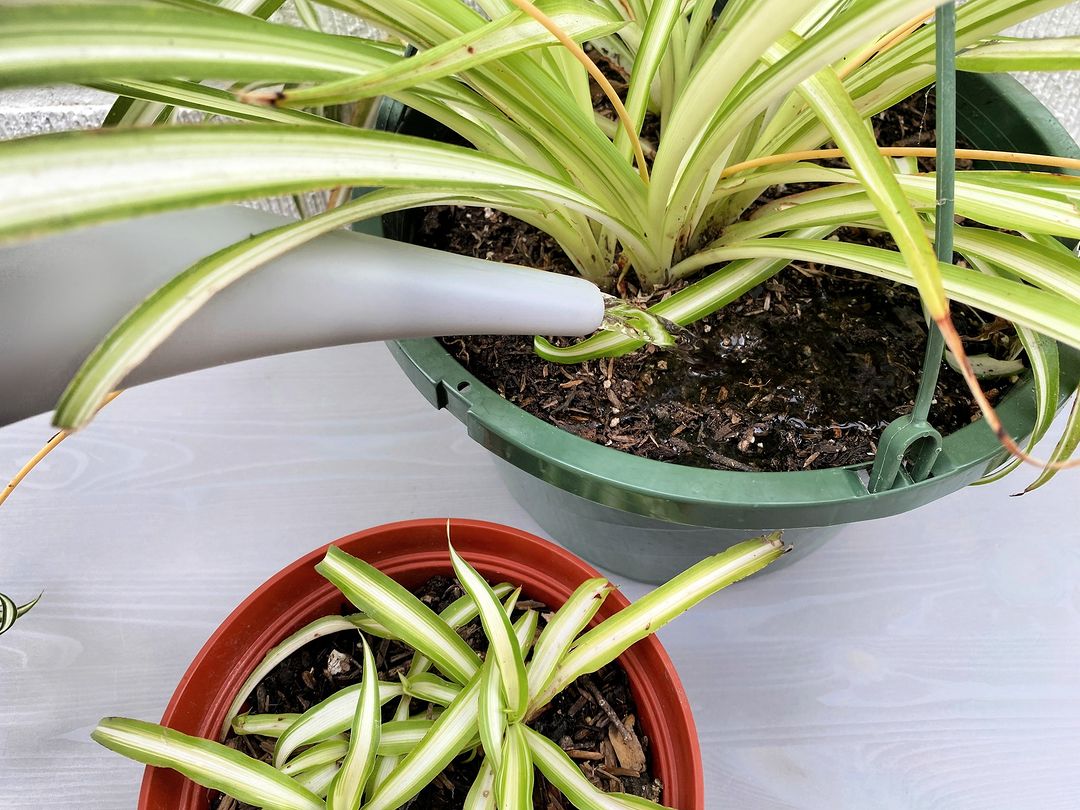
One of the most important aspects of spider plant care is getting the watering right. These plants prefer soil that is allowed to dry out slightly between waterings. Overwatering can lead to root rot, while underwatering can cause the leaves to turn brown and crispy.
Here’s a simple watering routine to follow:
- Check the soil moisture by sticking your finger into the potting mix. If the top inch or two feels dry, it’s time to water.
- Water the plant thoroughly, allowing the excess water to drain out of the bottom of the pot.
- Discard any standing water in the saucer or tray to prevent root rot.
- Repeat this process every 7 to 10 days, adjusting the frequency based on your plant’s needs and environmental conditions.
Temperature and Humidity
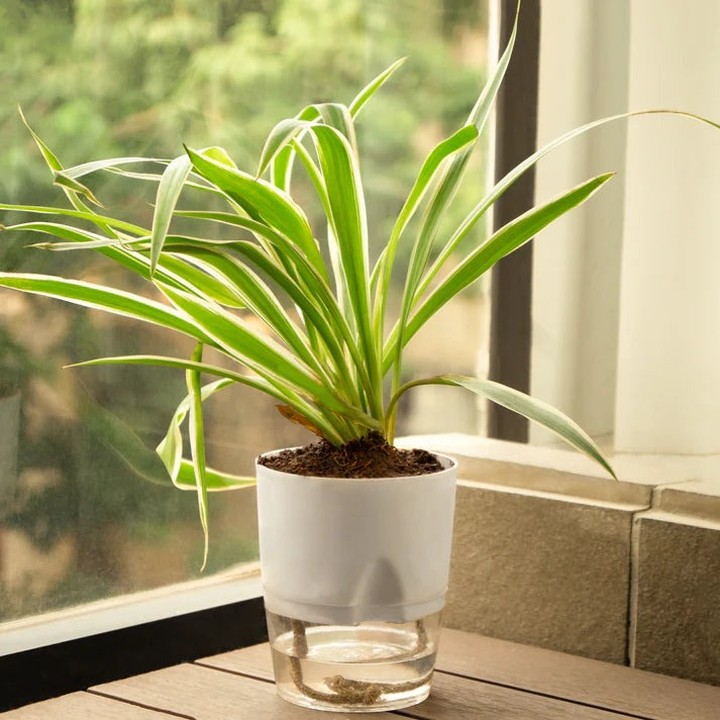
Spider plants are quite tolerant of average household temperatures, but they prefer a range between 65°F and 80°F (18°C to 27°C). Avoid placing them in drafty areas or near heating vents or air conditioning units, as these can cause stress and leaf damage.
As for humidity, spider plants appreciate moderate to high humidity levels, but they can adapt to average household conditions. If the air in your home is particularly dry, you can increase humidity by placing the plant on a pebble tray or misting the leaves occasionally.
Fertilizing
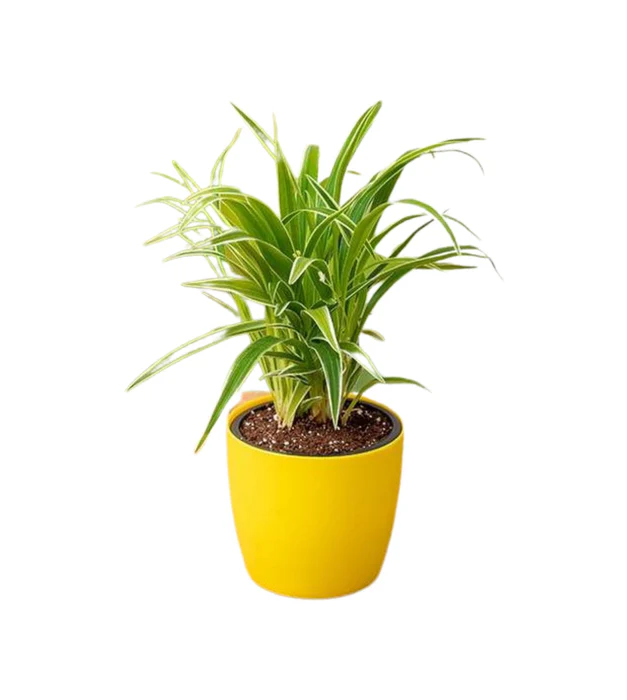
Spider plants are not heavy feeders, but they do benefit from regular fertilization during their growing season (spring and summer). Use a balanced, water-soluble fertilizer diluted to half strength and apply it every two to four weeks.
Avoid fertilizing during the winter months when the plant is semi-dormant, as this can lead to salt buildup in the soil and potential root damage.
Repotting and Soil
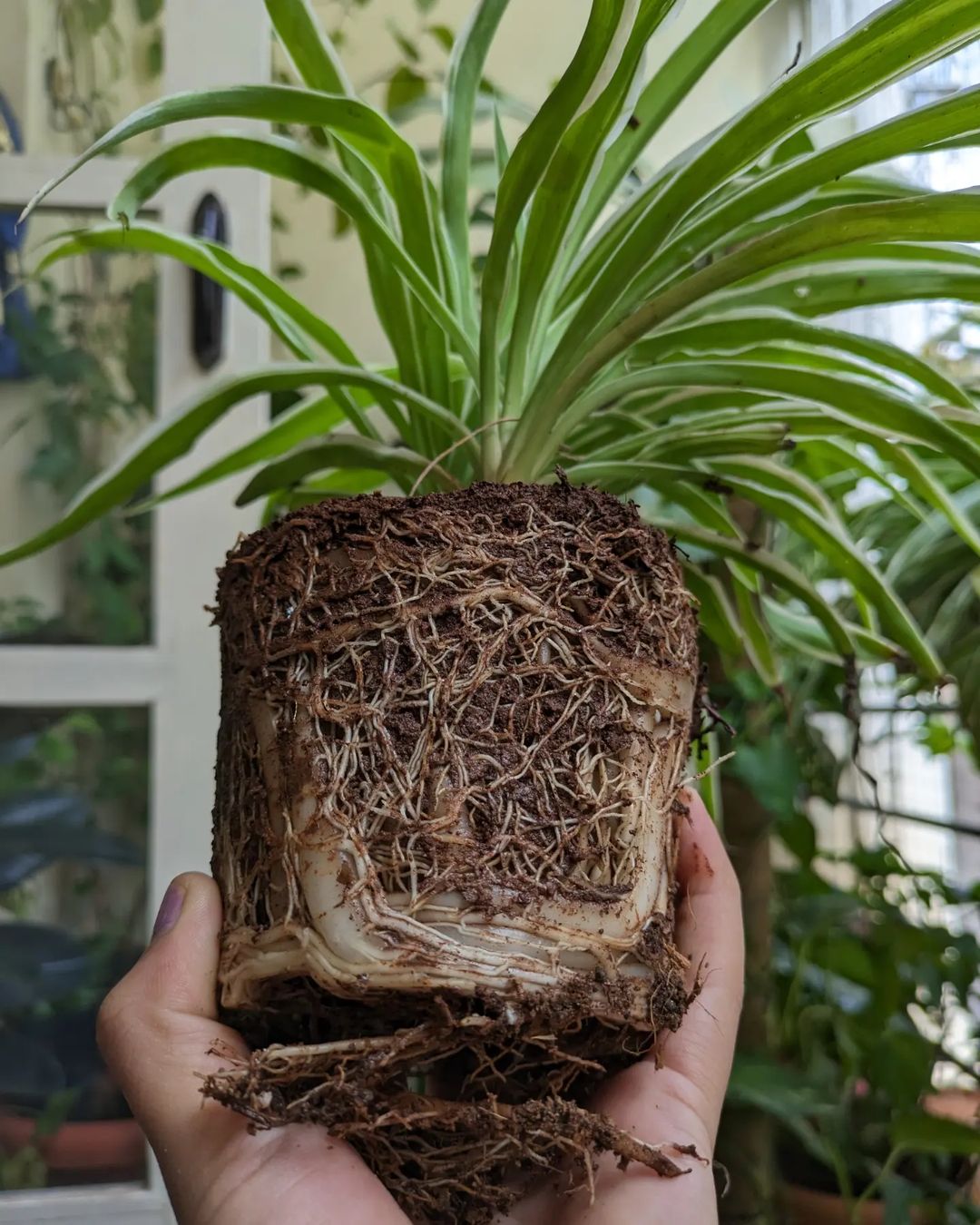
Spider plants prefer a well-draining potting mix, such as a mixture of peat moss, perlite, and vermiculite. Avoid using garden soil, as it can become too compacted and lead to poor drainage.
Repotting is typically necessary every two to three years, or when the plant becomes root-bound. Choose a pot that is only slightly larger than the current one, as spider plants prefer to be somewhat pot-bound.
During repotting, gently remove the plant from its current pot and loosen the root ball. Inspect the roots for any signs of rot or damage, trimming away any affected areas. Then, place the plant in the new pot and backfill with fresh potting mix.
Pruning and Propagation
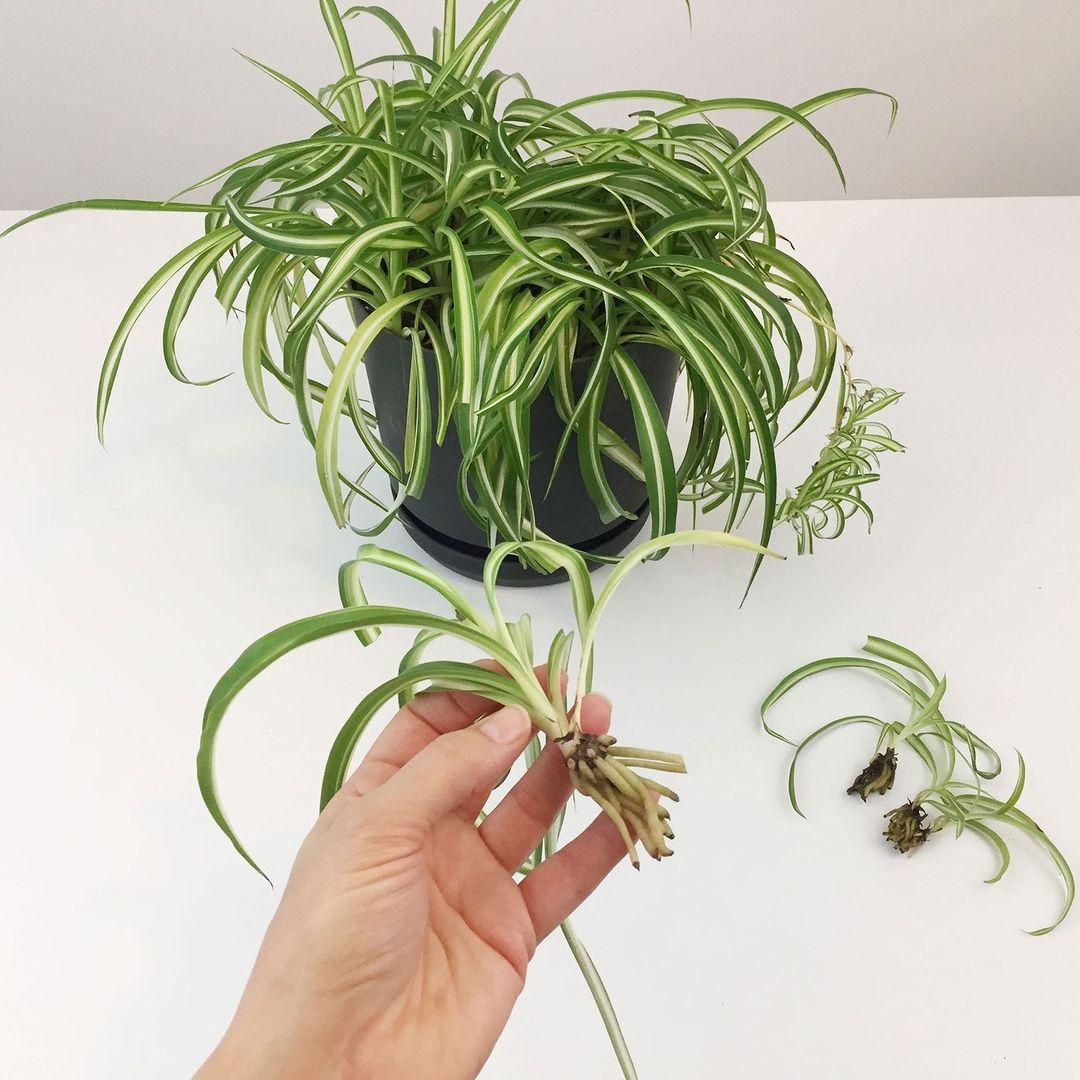
Spider plants are known for their long, arching leaves and dangling plantlets (also known as “spiders”). While pruning is not strictly necessary, it can help maintain the plant’s shape and encourage more plantlet production.
To prune your spider plant, simply snip off any damaged or discolored leaves using clean, sharp scissors or pruners. You can also remove some of the longer leaves to maintain a compact shape.
As for the plantlets, you have a few options:
- Leave them attached to the mother plant for a fuller, bushier appearance.
- Remove and discard them if you prefer a neater look.
- Propagate them to create new spider plants.
To propagate, simply snip off the plantlets with a few inches of stem attached and place them in a small pot filled with well-draining potting mix. Keep the soil moist, and the plantlets should develop roots within a few weeks.
Common Problems and Solutions
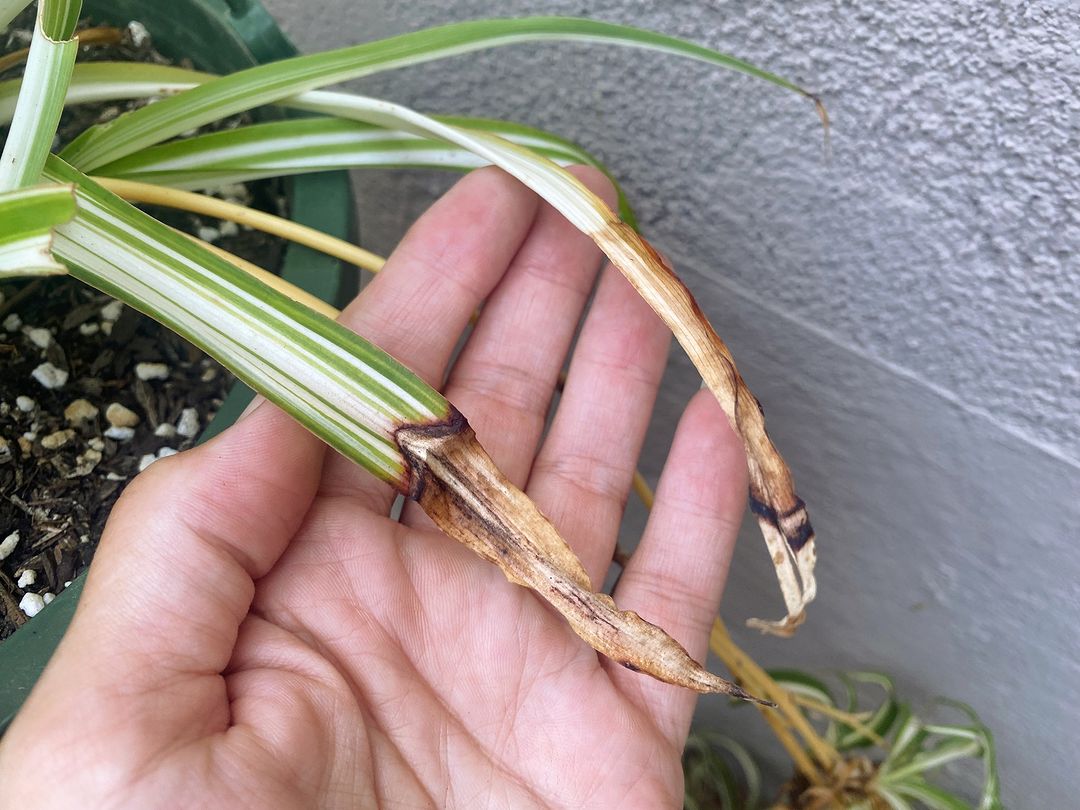
While spider plants are generally low-maintenance, they can sometimes encounter issues. Here are some common problems and their solutions:
- Brown leaf tips: This is often caused by low humidity or excessive salt buildup in the soil. Increase humidity levels and flush the soil with clean water periodically.
- Yellowing leaves: This can be a sign of overwatering, nutrient deficiency, or too much direct sunlight. Adjust your watering schedule, fertilize the plant, or move it to a spot with more suitable lighting.
- Leaf spots or discoloration: These can be caused by fungal or bacterial infections, often resulting from overwatering or poor air circulation. Improve drainage and air flow, and consider using a fungicide if the problem persists.
- Pests: Spider plants can sometimes attract pests like spider mites, mealybugs, or aphids. Inspect the plant regularly and treat any infestations with an appropriate insecticidal soap or neem oil solution.
With proper care and attention, your spider plant can thrive for years, providing you with its unique charm and easy-going nature. Remember, it’s all about finding the right balance of light, water, and environmental conditions. Trust your instincts, and don’t be afraid to make adjustments as needed.
